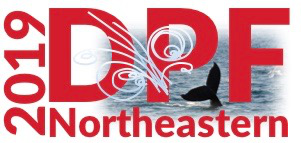Speaker
Joshua Foster
(University of Michigan)
Description
Axions, which can solve the Strong CP problem, and axion-like particles (ALPs), which arise naturally in many models of high-scale physics, provide theoretically compelling dark matter candidates. Axions and ALPs which couple to photons have been shown to produce observable radio emission through their conversion to photons in the magnetospheres of neutron stars, providing a means of indirect detection. In this work, we analyze 8 hours of radio data collected at the Green Bank Telescope to place novel constraints on 𝜇eV axion dark matter. We also briefly discuss implications of dark matter substructure for this search strategy.
Primary author
Joshua Foster
(University of Michigan)




